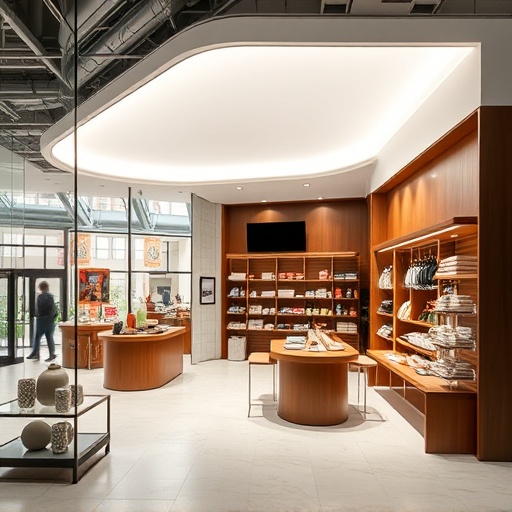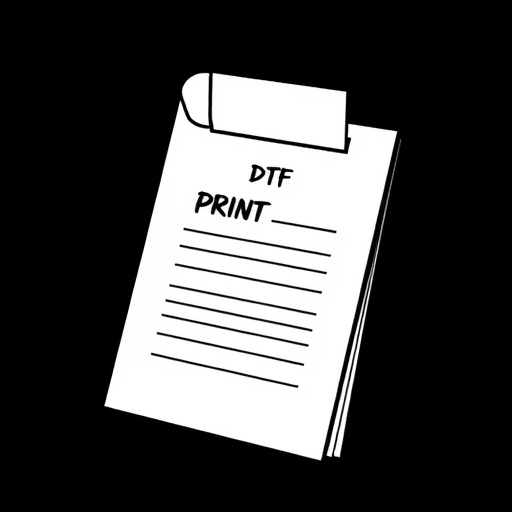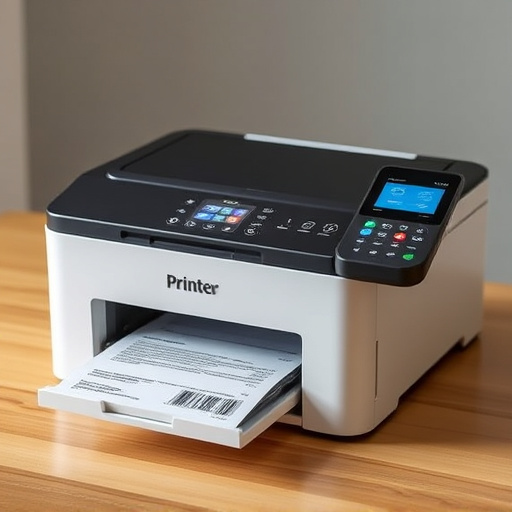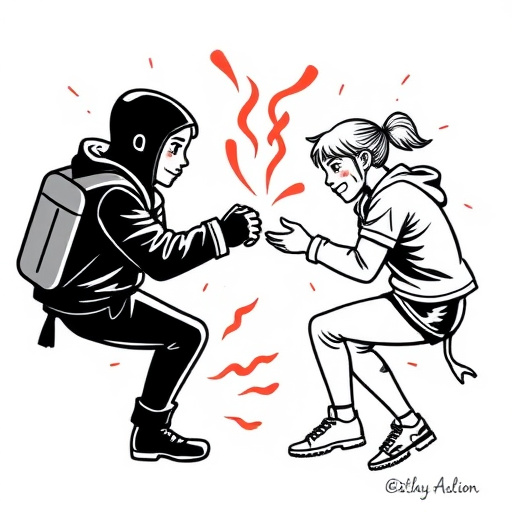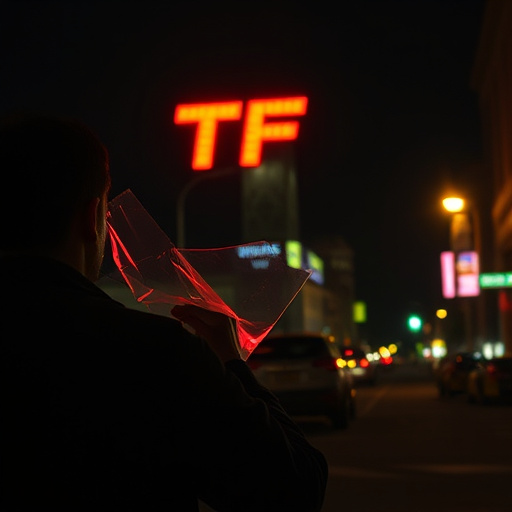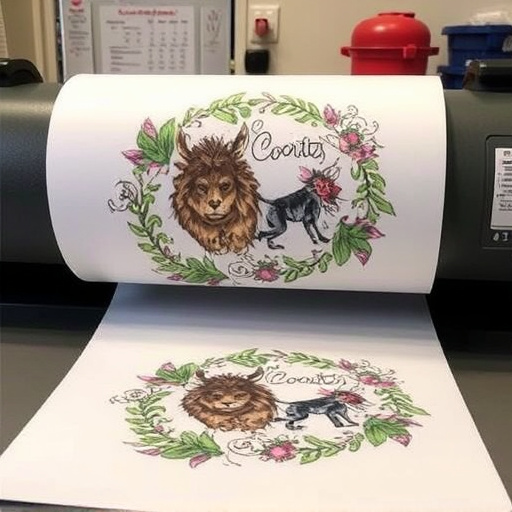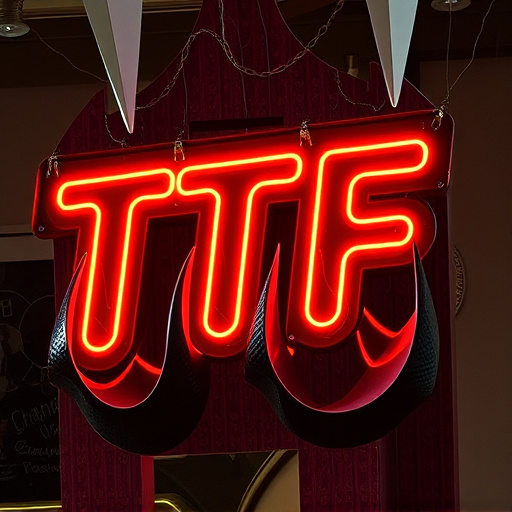DTF inks have transformed fabric printing by enabling high-quality designs on various materials. Optimizing the curing process is crucial, with modern techniques focusing on lower temperatures for energy efficiency and cost savings while maintaining print integrity. This method enhances durability and productivity, making it an eco-friendly option. Lower temperature curing opens opportunities for printers to streamline workflows, create intricate designs, and meet diverse DTF printing needs efficiently, with the key steps being equipment compatibility and suitable ink formulations.
“The future of direct-to-fabric (DTF) printing just got brighter with the revelation that lower temperature curing is now optimized for these inks. This innovative development promises a multitude of benefits, from enhanced energy efficiency to expanded material compatibility.
This article explores the world of DTF Inks, explaining their significance in the printing industry and why temperature optimization is a game-changer. We’ll delve into the advantages, implementation strategies, and the broader impact of this technique, all while focusing on the key term: DTF Inks.”
- What are DTF Inks and Why Temperature Optimization Matters
- Benefits of Lower Temperature Curing for DTF Inks
- Implementation Strategies for Optimized DTF Ink Curing
What are DTF Inks and Why Temperature Optimization Matters
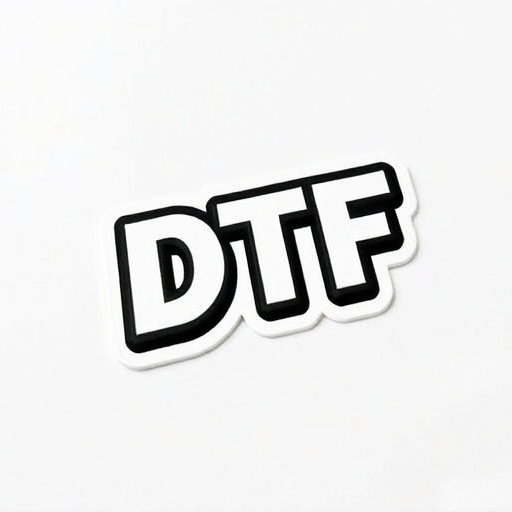
DTF Inks, or Direct-To-Fabric inks, have transformed the printing industry by enabling high-quality designs to be transferred directly onto various fabrics. This innovative technology is beloved for its versatility and ability to produce vibrant, long-lasting prints on a diverse range of materials. However, one key aspect that often requires optimization is the curing process—the step where ink hardens or sets after application.
Temperature plays a pivotal role in DTF Ink performance. Traditional curing methods often involve high temperatures, which can be energy-intensive and time-consuming. To meet the demands of modern production lines, manufacturers are now focusing on temperature optimization. This approach not only reduces energy costs but also ensures consistent quality across batches. By fine-tuning the curing temperature, it becomes possible to achieve optimal results for different fabric types, leading to faster DTF fast delivery without compromising the integrity of the final product, thus catering to the DTF design requirements with precision and efficiency.
Benefits of Lower Temperature Curing for DTF Inks
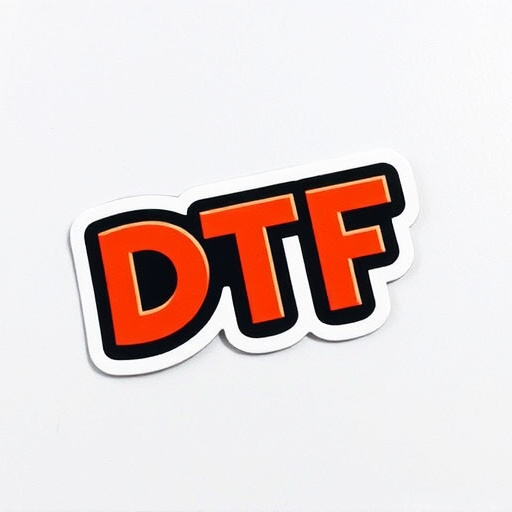
The adoption of lower temperature curing for DTF Inks brings several advantages to the table, revolutionizing the way we approach direct-to-fabric (DTF) printing. One of the key benefits is the enhanced durability of prints; lower temperatures ensure that the ink fuses with the fabric more gently, resulting in vibrant and long-lasting colors without causing any damage or deformation to the material. This is particularly advantageous for creating durable prints on a variety of fabrics, from cotton to polyesters, catering to diverse design requirements.
Moreover, lower temperature curing contributes to energy efficiency and cost savings. The reduced heat input means less energy consumption during the printing process, making it an environmentally friendly option that aligns with today’s sustainability goals. Additionally, faster curing times can increase productivity, allowing printers to meet demands more efficiently while maintaining high-quality standards in their DTF design requirements.
Implementation Strategies for Optimized DTF Ink Curing
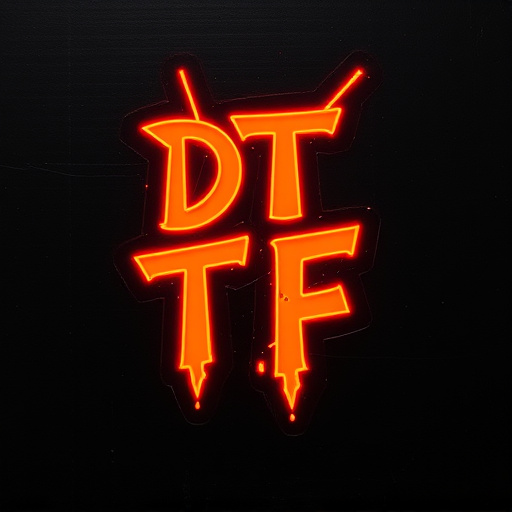
The optimization of DTF Inks for lower temperature curing opens up a world of possibilities for printers and designers alike. To harness this new capability effectively, implementation strategies should focus on several key areas. First, ensuring that your printing equipment is compatible with low-temperature curing processes is paramount. This may involve upgrading or retrofitting existing machinery to accommodate the specific requirements of DTF inks.
Next, transitioning to suitable low-temperature curable ink formulations is crucial. Direct to film transfers (DTF) ready-to-press options offer a seamless shift towards lower temperature curing, streamlining production workflows. Furthermore, custom apparel designers can leverage these advancements to create intricate, high-quality designs on a variety of fabrics with enhanced efficiency and cost-effectiveness.
DTF inks, with their optimized lower temperature curing, represent a significant advancement in the printing industry. By reducing curing temperatures, we not only make the process more energy-efficient but also open doors for a wider range of applications and materials. The benefits are clear: faster production times, cost savings, and reduced environmental impact. With the right implementation strategies, businesses can harness the potential of DTF inks to create vibrant, high-quality prints while navigating the evolving landscape of digital manufacturing.
